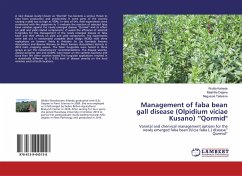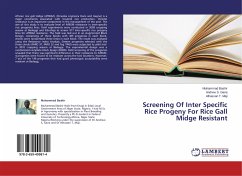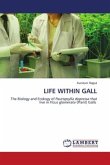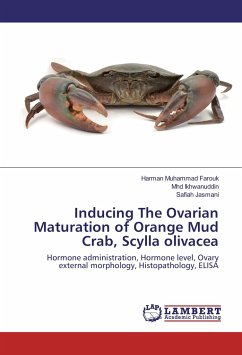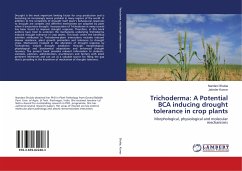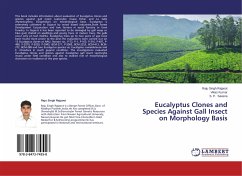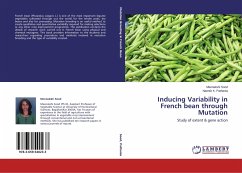Galls represent a fascinating natural phenomenon reflecting intimate interactions between organisms that have been shaped by organic evolution throughout millions of years. Approximately 13,000 species of insect gallers known in the world. Galls inducers have evolved independently in six orders of insects namely, Thysanoptera, Hemiptera, Lepidoptera, Coleoptera, Diptera, and Hymenoptera. Galls can be induced by a wide variety of organisms namely viruses, bacteria, fungi, algae, nematodes, copepods, and plants from the family Loranthaceae but are mainly caused by insects. The species richness of gall-forming insects varies widely across biogeographic regions, and galls occur much more frequently in certain plant taxa. Galling insects are capable of altering the structure and chemistry of their host tissues for the establishment and development of their galls through mechanical and chemical stimuli. Each species of inducer produces galls that are anatomically and physiologically different from those induced by other related species. The induction of plant galls is considered the most complex association between insects and plants in the natural world.
Bitte wählen Sie Ihr Anliegen aus.
Rechnungen
Retourenschein anfordern
Bestellstatus
Storno



